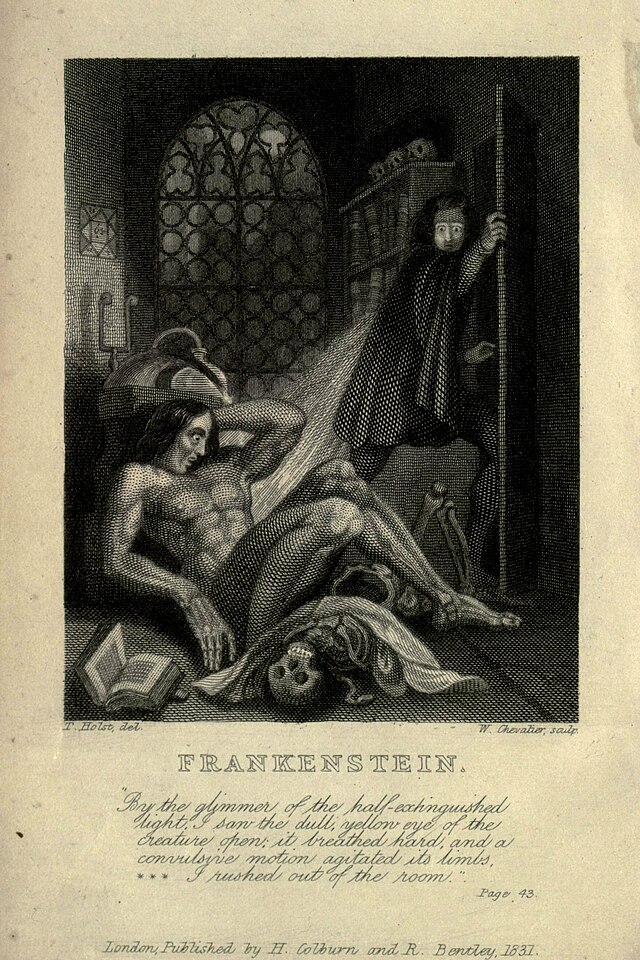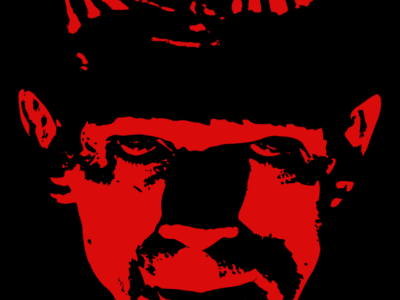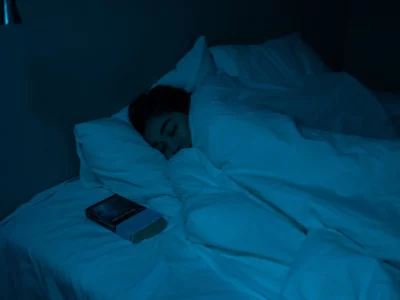Feminist horror is an evolving category of media. Books like The Final Girl Support Group by Grady Hendrix and Her Body and Other Parties by Carmen Maria Machado, and movies like We Have Always Lived in the Castle have repopularize it, but they by no means founded it. I discovered feminist horror at college and haven’t gone back since. While I’ve loved reading horror more and more with age, there is a special place in my heart for any story that can combine horror and social commentary. I love feminist horror, especially because I’m a woman, and stories about feminist horror often center around the house or the psychological horror of very domestic, day-to-day instances of sexism. The way feminist horror tends to play with sexism to create a very real nightmare is what especially draws me to the genre.
Read on to find out the top 5 works of feminist horror:
5. Mexican Gothic by Silvia Moreno-Garcia
It takes place in 1950s Mexico, following a beautiful socialite named Noemí Taboada. Taboada receives a letter from her cousin Catalina, who believes that her English husband, Virgil Doyle, intends to murder her. More specifically, Catalina thinks Virgil wants to poison her. Suspecting Virgil is after Catalina’s money, Taboada launches an investigation into Virgil and his family. Taboada travels from Mexico City to the Doyle home, which is in the mountains near a small town called El Triunfo.
“Mexican Gothic is accessible and interesting, with the rich visuals and engaging pacing of a Netflix series like The Haunting of Hill House. It examines race, gender, and colonialism through the lens of horror and has an intensely visceral depiction of power and the violence used by dominant groups and individuals to take and keep it,” University of Michigan junior Alexa King said. “The main character is also a clever and utterly uncompromising girl who never comes off as dumb or passively accepting of her fate, dodging many of the stereotypes women in horror are often saddled with.”
Published in 2020 and written by Canadian Moreno-Garcia, this book is pleasantly modern and easy to read compared to some of the older works on this list. The book had a great commercial reception and ended up on several bestseller lists. Milojo Productions and ABC Signature announced that they were producing a limited series adaptation of Mexican Gothic. The adaptation would be released on the streaming platform Hulu, with Moreno-Garcia serving as executive producer. The series is estimated to be between eight and ten episodes long.
4. Reeling for Empire by Karen Russell
Reeling for Empire is part of a larger short story collection titled Vampires in the Lemon Grove. This book is a terrifying take on the classic Metamorphosis. The concept is that Japan has discovered a new means for silk production. Women get sold off by their uncles, fathers and even husbands to a recruiter. The narrator, Kitsune, chose this, forging her father’s signature.
“I was reading it, and I was disgusted. I was like ew, ew, ew,” University of San Diego junior Salena Chacon said.
The recruiter offers the women tea, which begins the metamorphosis. Soon after, the women become silkworm hybrids. The silk comes to represent memories and pain, serving as a dynamic motif and even character in the story. There is very little dialogue in this story; instead, it focuses more on world-building. This story seemingly is commenting on the industrial system and capitalism as well as womanhood.
3. The Haunting of Hill House by Shirley Jackson
A 1959 gothic horror novel and a finalist for the National Book Award, it has been made into two feature films as well as a play and is the basis of a Netflix series. This story is structured as a supernatural investigation conducted by Dr. John Montague at the Hill House, owned by Luke Sanderson. He invites several people he believes to have experienced supernatural events to stay at the Hill House with him for a summer, and the only ones to accept are Eleanor Vance and her mother, Theodosia. In this work, Jackson does an excellent job slowly demonstrating the infantilization of women as a means of oppression.
2. Nightbitch by Rachel Yoder
When I was in a straight relationship, I had to stop reading this book for my mental health. It goes into the nitty gritty details of a housewife who thinks she’s turning into a werewolf, or maybe she is. I never got far enough to know. This book spooked me, but not in a fun way, in a stay-awake-at-night-haunted-by-it way. I think I might have seen myself too much in the narrator, but it was well-written and is probably enjoyable for thicker-skinned readers. For me, this book was devastating because of the concept of being an artist who gives up on her dreams for a disappointing marriage and then is basically stranded with a special needs toddler and slowly going crazy while her husband works all the time and all her artist friends accomplish their dreams was just too real for me to enjoy.
1. Frankenstein by Mary Shelley

Debatably the first famous work of feminist horror, this novel is a classic work of gothic horror. The story of Dr. Frankenstein bringing to life a creature was also, arguably, the founding of science fiction. Frankenstein was written by Shelley at a party thrown by Lord Byron, the inspiration for the Vampyr, which is the later inspiration for Dracula, during the summer with no sun. Lord Byron is a famous gothic poet in his own right, as well as the father of Ada Lovelace, history’s first coder. At this party, Byron challenges Shelley, her husband Percy and John Polidori, to see who can write the best horror story. After thinking for three days, Shelley begins penning Frankenstein. She began writing Frankenstein at 18 and published it at 20 in 1818.
“Frankenstein is a groundbreaking novel that practically invented the genre of science fiction and is a brilliant examination of what science taken too far can look like,” King said. “It also discusses the hubris of a man creating life unnaturally and the agony experienced by the creature as a result of his creation and abandonment by a thoughtlessly self-centered creator, and the moral complexity created by the fact that the creature turns his pain and suffering into a violent desire for retribution. Also Victor and the creature are fascinating parallels to one another and I’m obsessed with it.”
While many people know the story of Frankenstein, fewer know the tale of Shelley. Her mother died soon after her birth, and her father later disowned her. At 16 Shelley ran away with Percy, who was five years her elder, and frequently cheated. Shortly before writing Frankenstein, she lost her half-sister, and her child was born prematurely; her next two children died soon after. Then Percy drowned while sailing in Italy. After the cremation of Percy’s body on the beach, his heart, or what they thought was his heart, somehow survived the flames. Mary kept his heart for the rest of her life in her desk drawer, wrapped in some of Percy’s poetry. Like how knowing Van Gogh chopped off his ear adds an eerie element to his paintings, I feel similar about Shelley and Frankenstein.



















